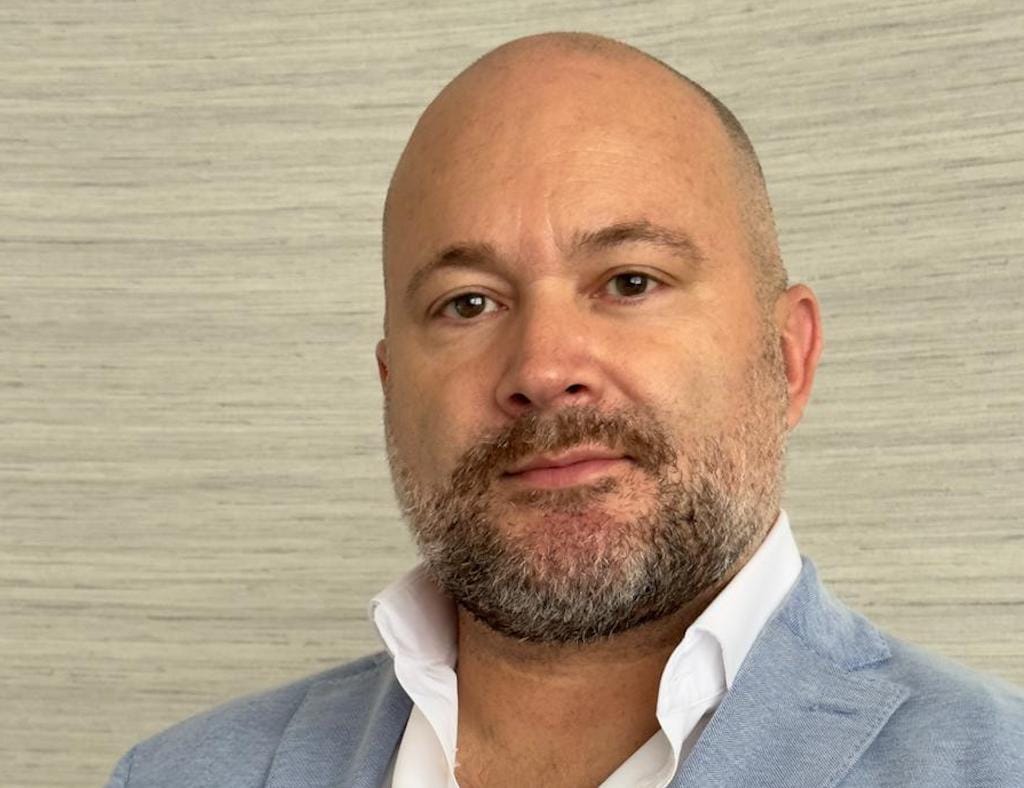Helder Pereira: Success or Failure of Biden’s Broadband Push Hinges on Fiber Installers
Access to affordable and accessible high-speed internet is no longer a matter of convenience.

The 21st Century has yet to reach many Americans, and the burden to change that reality will rest on how the fiber optic installation industry responds to the challenge.
Whether on their mobile devices or in front of laptops, millions of people across the country remain disconnected to reliable high-speed access to the world wide web. Whenever they attempt to access the internet for work, school, or a telehealth appointment, they either cannot connect or sit staring at a buffer symbol. These users are victims of a digital divide that should not be allowed to remain. That responsibility will by assigned to the industry proven capable of installing that technology.
It is not a matter of convenience. It has become self-evident that access to reliable and affordable broadband is essential to compete, work, learn, and communicate in a 21st Century economy. Nor is it a Third World problem. The Federal Communications Commission has identified 8.5 million unserved and 3.6 million underserved locations across the country, creating a societal schism between those who have crucial high speed access and those who don’t.
While President Biden has put forth a $42.5 billion program to provide affordable and reliable high-speed internet access to every home and business in the country by 2030, for many, that is a far distant aspiration rather than an immediate solution. In the interim, the administration has also proposed the Affordable Connectivity Program, which provides eligible households $30 per month off their internet bills, but that presumes there is high speed access.
Reviewing the impact of digital deserts in the United States and elsewhere
The crisis in connection is not unique to the United States. The International Monetary Fund has devoted considerable resources to reviewing the impact of digital deserts here and around the world. They note that even in advanced economies disparities exist. In many developing countries, women in underserved areas are particularly at a disadvantage, the IMF reporting that fewer women may own or access mobile phones. The COVID pandemic created some initiatives. The governments of El Salvador, Malaysia, and Nepal provided fee discounts or waivers for internet access, but, once again, that presumes there is an infrastructure in place to offer high speed access.
The Biden connectivity plan calls for distributing tens of millions of dollars to states identified as suffering from internet insufficiency who, in turn, will contract for the technology. But at the end of the day, the success or failure of this initiative will rest on the shoulders of fiber optic installers.
Our industry needs to appreciate that this domestic “Moon Shot” will bring with it a level of scrutiny that is unprecedented on every level. Staffing, engineering, innovation, and results will be reviewed and questioned by audiences that range from the Congressional Office of Management and Budget to the end user who will question how long it will take for the promise of installation to become reality.
Our industry’s track record will also be subject to review. Collectively, we may be asked to provide prior performance criteria similar to Excell’s which, to date, has connected over one million homes with fiber optic cable and one billion feet of fiber in rural areas across 15 states, including West Virginia, Mississippi, and Arkansas.
Our industry will also need to tell our story of innovation and the challenges we will overcome in meeting the administration’s mandate. For example, we need to provide insight as to how wiring multiple dwellings can slow down installations or the role of pioneering tools used for splicing fiber optics. Another important story for our industry to tell is how 5G uses a high-frequency signal which does not travel over long distances. This results in the need for a much larger number of fiber optic base stations to amplify the signal.
Today, broadband access is as essential as water or electricity. Doctors rely on the internet for medical equipment, teachers for smartboards, students for studying, and workers for job opportunities. Those without access to reliable internet connection suffer greatly, but we have the technology and the track record to deliver a solution. In the months and years to come, our industry will need to tell that story as it accepts a federal challenge to wire the nation.
Helder Pereira is the Chief Operating Officer, Excell Communications, which offers fiber installation and construction services. This piece is exclusive to Broadband Breakfast.
Broadband Breakfast accepts commentary from informed observers of the broadband scene. Please send pieces to commentary@breakfast.media. The views expressed in Expert Opinion pieces do not necessarily reflect the views of Broadband Breakfast and Breakfast Media LLC.










